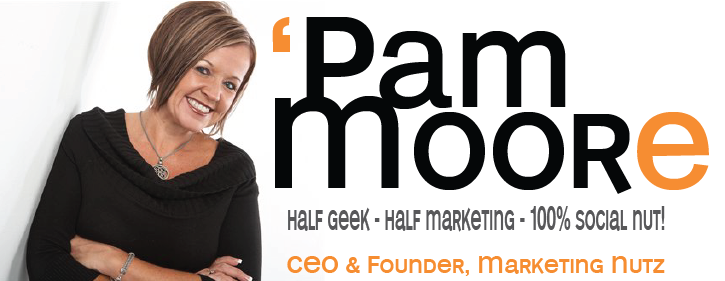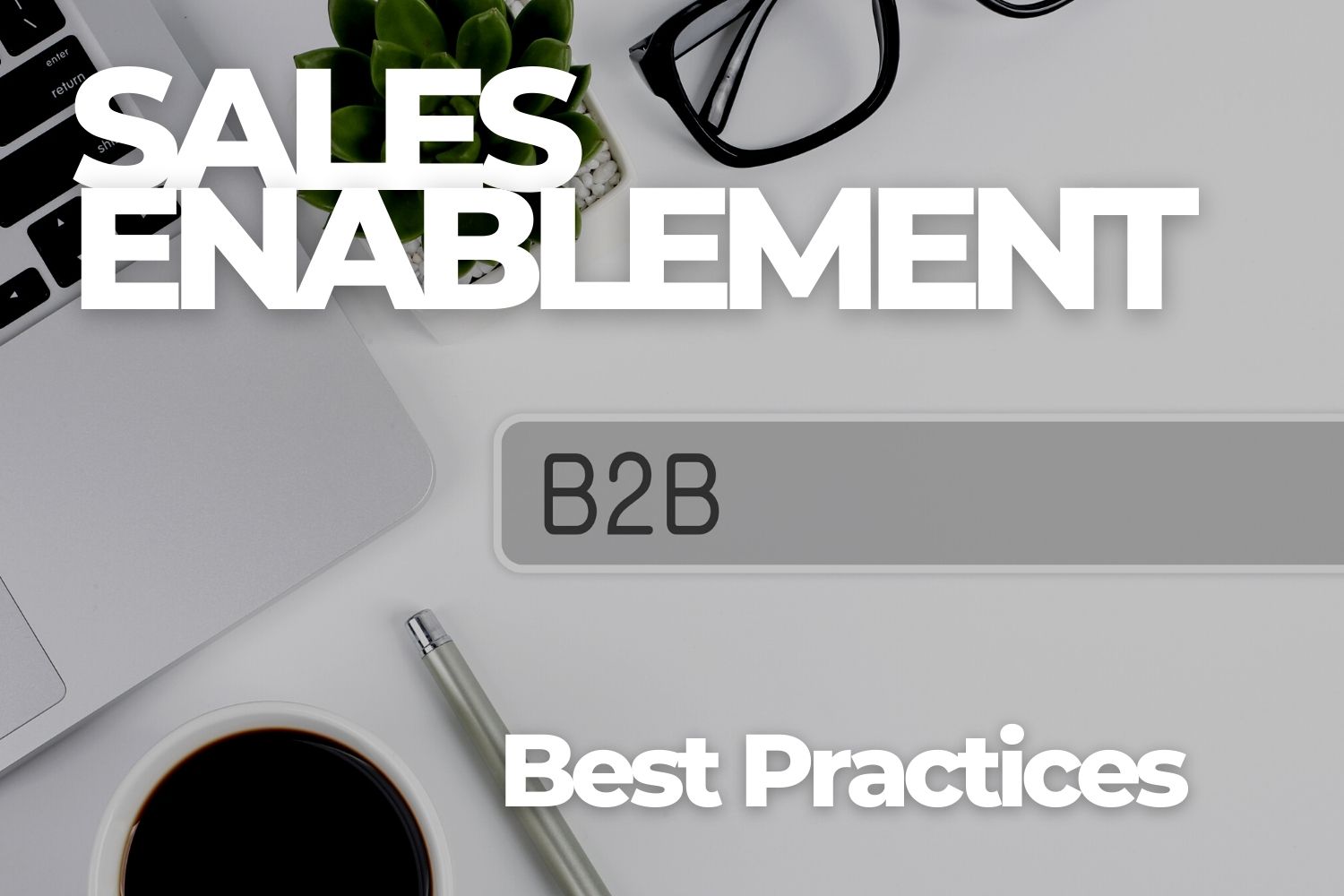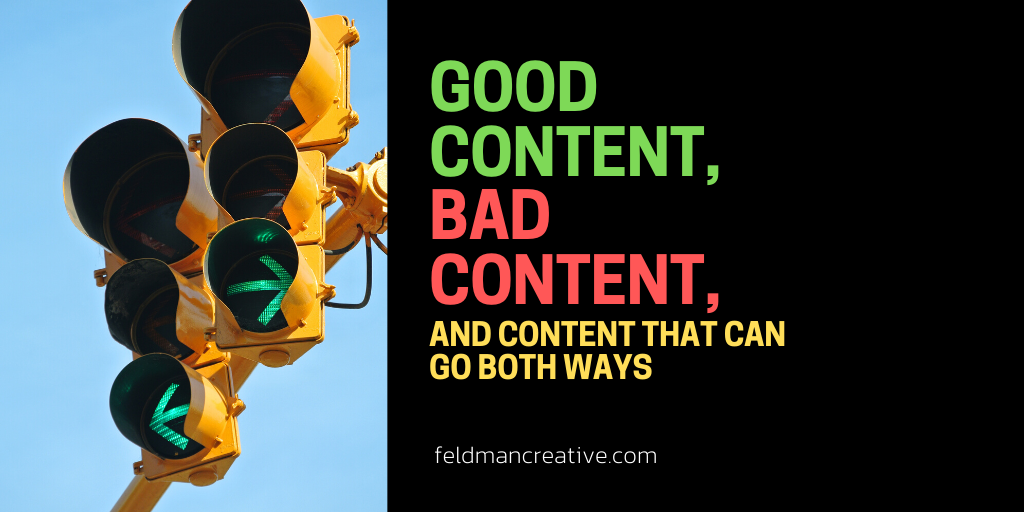Clients, marketing service providers, I need to talk to you both.
First, clients, marketing directors and such, a word with you please…
An immense population of marketers (or those that pretend to be) are peddling falsities. A little lie detection may prevent you from parting with dollars you’ll later want back.
And now, marketers (or those pretending to be), please…
Stop bullshitting your clients.
Stop telling them to blog more often.
Stop suggesting they blast their voice everywhere. Every hour. Every day. On every network.
Stop telling them video is the answer to everything; they need to edit images for every shape and size; hash-out 5 to 10 can’t miss hashtags with every update; offer more downloadable content upgrades; recruit more influencers; turn their audio into video, their video into audio, their images into GIFs, their GIFs into slideshows, their slideshows into webinars, their webinars into courses…
Stop convincing clients to sell their souls and become wham-bam-thank-you-spammers of SEO-optimized and ROI-maximized content—unless you can prove it works.
Stop.
If they’re paying you to advise them about digital marketing tactics, tell them the truth. Start with this:
Your content only makes a difference if it’s great.
That’s the truth. Content is a commodity now—a commodity people sell—a commodity millions are attempting to build businesses on.
So as with any gold rush, naturally, we have…
- Group One—The real pros
Those unafraid to apply language arts and mathematics. The truth tellers forever unafraid to measure and own the outcomes.
But we also have…
- Group Two—The liars
Far too many will say whatever it takes to get “elected” — to win your business. When the abacus comes out, they’re nowhere to be found.
And then, unfortunately, we have…
- Group Three—The ignorant
I’m sorry to say this is the largest contingent. These players tend to be copycats. They don’t make-up the lies; they repeat them. They don’t know any better.
It’s lie detector time my friend. Here are some of the misrepresentations you’re bound to get from groups two and three who often succeed in drowning out the voice of group one (unwittingly or not).
“Quantity is what matters most.”
Bzzzzzst! That’s a lie. You can remove those sensors taped to your chest and clipped to your fingers now and get out.
No wait. I’m willing to make small concessions here.
If you update your website once a year, it’ll get indexed by the search engines once a year. That could indeed be a problem. So yeah, producing a piece of content annually won’t get the job done.
If you tweet once a month, your tweet will indeed fall in the forest.
I do believe you certainly can get further faster with more blog posts, videos, podcasts, infographics, landing pages, etc. However, this only becomes true if the content is consistently great.
Is consistently creating great content the plan? I sometimes get answers like…
- We’re hiring a blogging service.
- Our social media intern can write.
- The product people are going to help.
- We have some good templates.
- And so on.
I don’t want you to lie to yourself any more than I want you falling for the lies.
No one succeeds with content marketing by dabbling in it. No one sees a strong return when skimping on the investment. And no longer does any brand get more results—of the meaningful variety—simply by producing more crap. (My friend and witty content marketer Doug Kessler gave this kind of content its official name.)
“Will 2018 be the year that marketers and business leaders finally wake up and realize social media, content marketing, branding and digital marketing is not simply about creating more and more content?”

This thought comes from Pam Moore, the social nut at Marketing Nutz. Her great post, The Last Thing Your Target Customer and Audience Wants from You is More Content, inspired me to write this one.
“Your brand needs to appear everywhere.”
This is the story social media sludge-meisters tell when no lie detectors are present. Some specialize in a specific social media channel, so they’ll often give you site-specific caca…
- Every brand must have a YouTube presence. It’s the world’s second largest search engine.
- You’d be crazy not to build a Facebook following. It’s the world’s largest social media channel.
- You have to get busy on Instagram. It’s the fastest growing social media.
- Pinterest is where you need to be. Pins point people to your products.
- You won’t get anywhere without Twitter. Twitter is where news stories take off.
- If you have a B2B product you need to do social selling on LinkedIn. LinkedIn is the social network for professionals.
Obviously, there are additional social media channels—and more lies.
But get this: The second sentence in each statement above is true. Sadly, the first is not.
You don’t need to be everywhere. Your trustworthy social media advisors know that. They also know they DON’T KNOW precisely what squares to place your social media chips on.
Now again, a concession: they may know more than you, or me, or the intern, or the CEO. But even the authors of the “[Social Media X] for Dummies” books don’t know for sure what will work for your company.
They’re likely to know what has worked, or is working, for other companies—and that can be useful to you.
Pam Moore again…
“How did we get to this place that small businesses and even large organizations with limited budgets and declining sales believe that they need to post 5, 10, 15 times a day across multiple social networks? Why do they spend time on social networks where their target customer isn’t even hanging out on?”
Pam implores you to discover the content your ideal customer needs from you. She says you must take an audience-based approach to your marketing, social media, and content marketing. And she says it begins by knowing your customer.
You may want to explore a variety of channels to get in touch with your customer, but you’re bound to find the right ones on specific channels—with specific needs.
I want the social media marketer to recognize this truth. I want the client to hold them to it. And to keep it honest, I want both to understand there are no universal answers or forgone conclusions for social media marketing.
It takes experimentation. No lie.
“We know what will work.”
I suppose we have a close relative of my social media marketing tirade here, so I’ll keep it short.
But the pen on the lie detector plotter is jumping again because digital marketers that tell you what will work are liars (or bluffers).
“If you do this, you’ll get results,” they say. “This” is what they’ve done before, do most often, or make the most margins on. Maybe search, pay-per-click, blogs, ebooks, email, web design, video, etc.
Certainly, expert digital marketing professionals should be able to produce a portfolio of success stories, but beware of the marketer that unflinchingly testifies to a program that hasn’t yet happened.
The real-deal digital marketer will tell you what to try. It doesn’t mean you’ll stab blindly with no hypothesis or strategy. It means you’ll plan, execute, analyze and refine your efforts the way honest, accomplished marketers do.
“The right software is your answer.”
I don’t know how many times I’ve heard a client tell me they’ve purchased HubSpot, InfusionSoft, or some marketing automation platform, so they’re in good shape now.
To me, it sounds like, “I joined a gym, so I’ll get into good shape now.” False.
I like the idea. Joining is a smart start. The gym’s not going to let you in if you’re not a member. However, the gym’s not going to drag your unshapely ass into it several times a week, ensure you learn how to use the equipment correctly, and actually use it. That’s on you.
The same goes for marketing automation. When I hear, “We bought HubSpot,” I respond, “Cool. Great tool. Do you have someone assigned to using it 20 to 40 hours a week?” Silence.
And I don’t mean to be singling out marketing automation or any one SaaS vendor.
Whether it’s the sales team at the software company or the marketing agency with an affiliate agreement, the line tends to be, “The technology will solve your digital marketing challenges with… email… analytics… social posting… predictive analysis… collaboration… scheduling… hiring, firing, and retiring young and rich.”
Bull, baby, bull.
I’m not saying don’t buy “the right software.” I’m saying don’t buy that it’ll solve your marketing problems. Marketing software will supply you the weights. You have to lift them.

“A blog is all you need.”
Marketers may tell this lie, but I believe brands tell themselves this one too. Why?
Blogging tends to be the cornerstone of most content marketing programs and relying on it is the easy way to get by. However, a blog alone is unlikely to achieve your content marketing goals.
See, blogging done well doesn’t focus on sales or most other types of conversion. You don’t sell your products and services on a business blog. You can try, but you’re bound to discover a salesy blog actually deflects readers.
You sell authority. You position yourself as an expert in your niche. You attempt to win your reader’s trust.
Your blog certainly can fuel your search and social media efforts, which more often than not, intend to bring people to your website. So when it’s working your brand is accomplishing brand awareness, the thing marketers characterize as a “top of the funnel” tactic.
What about middle of the funnel, bottom of the funnel, and post funnel marketing?
- To move visitors to the consideration stage at the middle of the funnel, you need lead magnets. You want to capture email addresses, and possibly, more data.
- To nurture prospects in the middle of the funnel that may be considering making a purchase, you need to send them email, foster a relationship somehow, and supply useful content applicable to their needs.
- At the point in the funnel when it’s time to earn a prospect’s business, you need convincing content—the kind that does sell your product or service.
- After the sale, in an effort to retain customers, realize upsell opportunities, encourage referrals, reviews, and word-of-mouth advocacy, you need additional types of content to address support, service and user experience issues.
And the entire sequence above is an extreme simplification. In summary, a blog is not all you need, but rather, is the smart way to start.
“Great content attracts a crowd.”
I’ll say the notion above is a true statement 1 to 2 percent of the time.
Content marketing expert Joel Klettke says the Achilles heel of the content marketing movement is “a complete and total inability to market content.”

In a strong post about content marketing misconceptions, Joel writes, “The elevator pitch for inbound marketing is often the flawed idea that if you just build wonderful enough content, it will attract throngs of rabid, money-throwing advocates straight to your front door – all on its own!”
Joel smartly points out when content doesn’t draw a crowd, it doesn’t mean the content is the problem. Even great content needs to be actively promoted through some combination of:
- Social media
- Advertising
- Employee and/or customer advocacy
- Influencer relationships
- Search engine optimization
Content reach takes effort. Paid, earned, shared and owned channels need to work together to take your content to an audience outside of your immediate reach. “Publish and pray,” as they say, is a dud strategy now.
Let the truth be told.
- It’s more meaningful to create quality content than content in quantity.
- Your brand needs to appear where it connects best with prospects, not everywhere.
- Marketers don’t know what’s going to work until they experiment.
- Software’s no quick fix.
- Successful content marketing programs require execution beyond the blog.
- Successful content marketing requires content promotion.
Perhaps we don’t hold these truths to be self-evident. But there’s no shortage of evidence.
Don’t believe what you think works. Believe what actually does.







Comments
Paul Pruneau
Excellent post Barry. Time for the BS posers to move on. Content Marketing is anything but easy. Qualified resources can deliver the long term benefits many seek. And for those not interested in investing in a win-win partnership, good luck.
Barry Feldman
You speak the truth. You are hereby disqualified from running for president.
Paul Pruneau
Nice. Keep me away from that corrupt, criminal bastard.
Chuck Bartok
As usual an informative post.
I have ben a believer of quality content delivered to the right persons.
We have found out that posting fresh chapter of Books being written on the author site and then posting that to social media has been a successful venture.
This exercise has allowed the development of a huge Buying audience when books are completed and published and a platform for meaningful engagement.
Over 12,800 comments in 2017.
So when authors come on the weekly podcast and ask why their books are not selling it ussualy turns out the did NOT build that fan base
Wayne
This was a breath of fresh air. For one, I’m tired of all these marketers lying and telling half truths only to get your money for some half baked product. Business people want to know what works and not a bunch of jargon that sounds good. Nice article…
Barry Feldman
Hey Wayne,
Thanks. This my whole truth nothing but the truth year. Marketers are a bit out of control with their magical answers.
George DeLoache
Hey Barry,
I just discovered you a couple of months ago and man am I impressed. This Lie Detector article is the real deal. Straight up truth. I retweet many of your post and look eagerly forward to your next knowledge drop
Barry Feldman
Flattered. Thanks George.
Douglas O'Bryon
Barry: Thanks for writing a long post with great content and insights! I read the entire article. So yeah, people still read things with more than 140 characters – myth busted! Best, Doug
Barry Feldman
Good one Douglas. Thanks.
Pankaj Wagh
That’s way; Twitter has increased character limit from 140 to 280 characters. – My Thinking.
Well, Thanks Barry for this long post and loved the second point most. “Appear Everywhere…”
Myth is busted and lie will be turned to be True soon from my side.
Keep informing us.
Pete
I appreciate this article, it really does nail a couple of concepts that I promote as well. But I have to say a couple of things to play devil’s advocate.
1. Yes, good content is key, we have always said that. But WHAT is “good content”? One loose definition might be looked at from two angles: the consumer of the content and the producer of it. “Good” content helps consumers get informed on things they care about, or entertains them in some way. At the same time, it helps the producer gain awareness, positive thoughts, or leads/sales from their target consumers.
Guess what? If you are not the consumer or producer of the content, you have no business declaring it not to be “good”, at least within reason.
2. You are 100% correct that vendors tend to inflate the value of their own ideas about “what works,” but in many ways we as an industry don’t have a choice. Let me explain….
We are more like doctors, not mechanics. That is, we should be helping people understand that we need to spend time on their marketing issues, run tests, and then TRY this or that procedure, and it should work. Nobody wants to hire a mechanic who says “your brakes are bad, I will change them, and you MIGHT be able to stop better. Dunno. We will need to test it for 2 months first.” But we are totally ok with our doctor saying “I have identified what’s wrong, we have a procedure we can try, it has helped others and it might help you.”
Here’s the thing: most people don’t want to be told that. It’s almost like they WANT to be lied to. MY competition is running around confidently telling them that their SEO strategy WILL WORK, whereas I tend to say “we know what has worked before, we guarantee we will do our best but we do not know for sure what will happen. This is marketing and advertising.” Many times the prospect is going to hire the guy who seems to really KNOW what to do, who has confidence in himself. Now what? Shouldn’t I just tell the prospect what they want to hear?
Would love any thoughts on this.